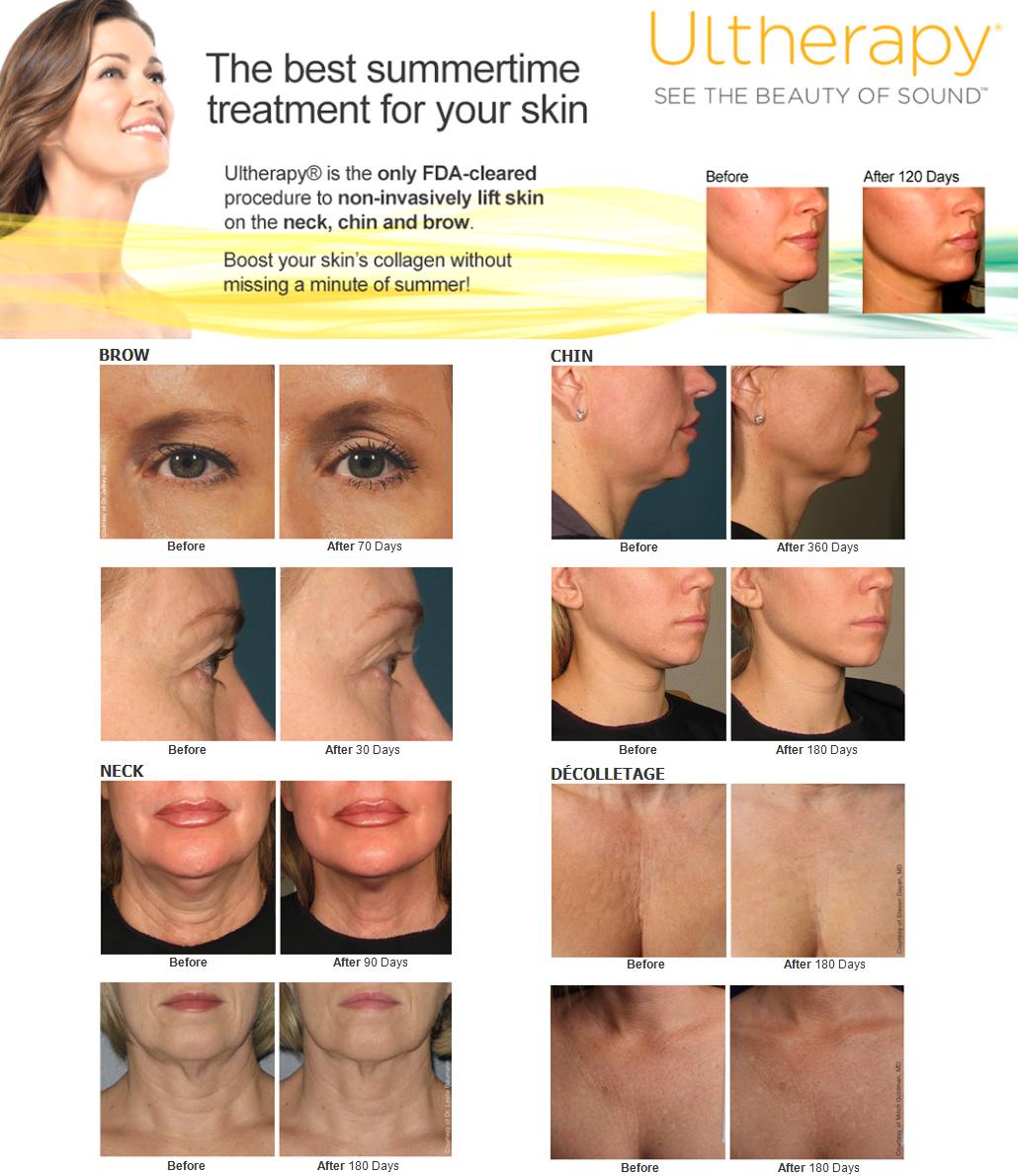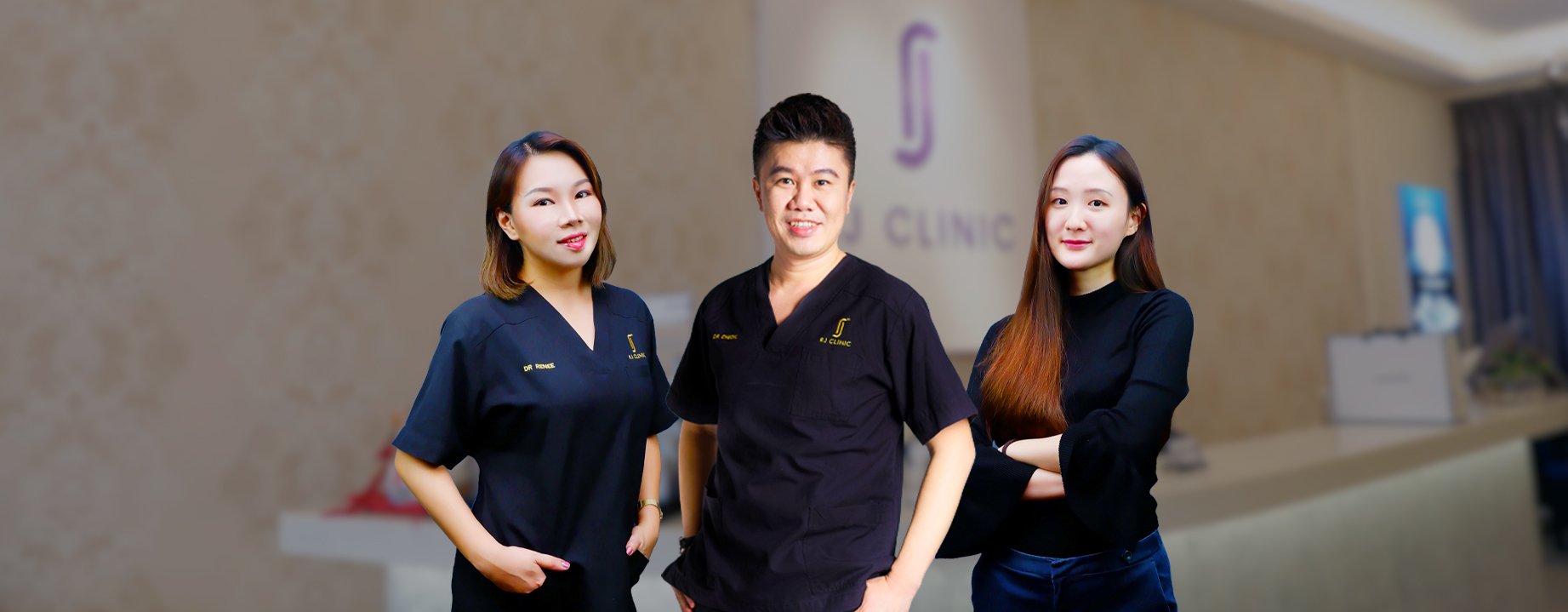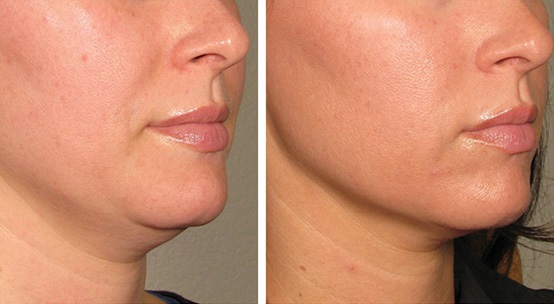Ultherapy Malaysia: Answers You Need
Why Ultherapy Might Be Medically Essential: Checking Out the Reasons for a Non Surgical Lift
Ultherapy is gaining attention as a practical alternative for individuals dealing with skin laxity because of aging or details medical conditions. This non-surgical treatment boosts collagen manufacturing, using a service that prevents the recovery time linked with invasive treatments. As individuals look for to enhance not only their appearance but additionally their general skin health, understanding the conditions that require Ultherapy's use becomes crucial. What factors add to its clinical need?
Comprehending Ultherapy: What It Is and How It Functions
Ultherapy, a non-invasive cosmetic procedure, uses ultrasound modern technology to promote collagen production and advertise skin firm. By supplying focused ultrasound power deep into the skin, it targets the foundational layers normally resolved in surgical facelifts. This procedure urges the body's all-natural healing response, leading to progressive training and tightening of the skin gradually.

Therapy sessions commonly last between 30 to 90 minutes, depending on the dimension of the location being dealt with. While outcomes may not be right away noticeable, excellent results typically appear within 2 to three months as collagen remains to establish. Ultherapy deals a compelling non-surgical alternative for individuals seeking skin rejuvenation without the demand for invasive procedures.
The Aging Process: Impacts on Skin Flexibility and Collagen
Aging certainly brings modifications that diminish skin elasticity and collagen production, resulting in noticeable signs of drooping and creases. As people age, the skin's capability to retain wetness decreases, leading to a drier and less resistant surface. Collagen, a necessary healthy protein in charge of skin framework, likewise diminishes, causing the skin to shed its firmness and youthful appearance. Factors such as sunlight exposure, toxic wastes, and way of living selections additionally increase this decline in skin top quality.
This loss of elasticity and collagen produces a cascade of changes, consisting of the formation of jowls, deepening nasolabial folds up, and a total drooping look. The skin's support group deteriorates, making it a lot more vulnerable to the results of gravity. Numerous individuals look for interventions like Ultherapy to deal with these aging results, intending to restore an extra youthful, tight look without the demand for invasive surgical procedures.
Medical Problems That May Advantage From Ultherapy
Ultherapy is progressively identified for its possible benefits in resolving numerous medical problems. Individuals experiencing skin laxity, those in post-surgical recuperation, and people with chronic skin disease might locate this non-invasive therapy advantageous. By promoting collagen production, Ultherapy can boost skin firmness and boost total appearance for these groups.
Skin Laxity Problems
Skin laxity can be a significant problem for individuals experiencing numerous medical problems that affect the integrity and elasticity of their skin. Problems such as Ehlers-Danlos syndrome, which interferes with collagen manufacturing, can lead to premature skin aging and sagging. In addition, people with autoimmune disorders may experience skin changes that add to laxity. Hormonal variations, specifically throughout menopause, also play a duty in decreasing skin suppleness. Ultherapy, using ultrasound modern technology, targets the much deeper layers of skin, stimulating collagen production and tightening the affected areas. This non-invasive treatment may use a viable service for those seeking to address skin laxity resulting from these medical conditions, enhancing both look and self-esteem without the demand for medical treatment.
Post-Surgical Recuperation Help
Post-surgical recuperation can typically present obstacles, specifically for individuals experiencing skin laxity as a result of medical treatments. Ultherapy serves as a prospective help in this scenario, using ultrasound technology to boost collagen production and enhance skin tightness without intrusive procedures. Individuals who have actually undertaken surgeries such as facelifts, liposuction, or various other body contouring treatments might locate that Ultherapy enhances their healing by addressing irregular texture and laxity that can take place post-operation. This non-surgical technique can bring about enhanced aesthetic results, potentially minimizing the need for additional medical interventions. It may help ease discomfort linked with the recovery process, offering patients a much more all-encompassing recuperation experience. Subsequently, Ultherapy can be a beneficial choice in post-surgical treatment.
Persistent Skin Disease
For individuals experiencing persistent skin problems such as acne marks, rosacea, or laxity as a result of aging, non-invasive therapies may provide significant relief and enhancement. Ultherapy has become a promising choice, using ultrasound technology to stimulate collagen manufacturing deep within the skin. This procedure can boost skin appearance and elasticity, dealing with issues like unequal skin tone and sagging. In certain, those with rosacea might experience reduced redness and swelling, while people with acne scars can take advantage of improved skin level of smoothness and total appearance. Notably, Ultherapy offers a non-surgical alternative that reduces healing time and risks connected with intrusive procedures, making it an appealing choice for people seeking efficient management of persistent skin problem.
Emotional Effect of Sagging Skin and Visual Concerns
The psychological toll of aging typically shows up in the type of sagging skin, which can significantly impact a person's self-confidence and total psychological well-being. Lots of people associate younger looks with energy and beauty, bring about sensations of insufficiency when encountered with noticeable indicators of aging. This viewed decrease in beauty can cause social stress and anxiety, withdrawal from social interactions, and a raised fixation with one's appearance.
Individuals might really feel obliged to seek aesthetic therapies to battle these problems, as the wish to preserve a vibrant look can come to be linked with individual identification. The emotional impacts of drooping skin may also lead to clinical depression or a lessened top quality of life. Subsequently, non-surgical alternatives like Ultherapy arise as prospective remedies, aiming not just to rejuvenate the skin however additionally to restore self-confidence and a positive self-image, ultimately dealing with the deeper psychological implications of aging.
Comparing Ultherapy to Traditional Surgical Options
When contrasting Ultherapy to conventional medical choices, significant differences emerge in both cost-effectiveness and healing time. Ultherapy deals a non-invasive approach that usually results in reduced expenses and very little downtime for individuals. On the other hand, medical lifts generally need even more economic investment and an extensive healing duration.
Cost-Effectiveness of Ultherapy

Although conventional surgical lifts commonly feature substantial ahead of time prices and expanded recuperation times, Ultherapy offers an engaging choice that can supply similar outcomes at a portion of the cost. The average price of a surgical facelift can vary from $7,000 to $15,000, while Ultherapy treatments generally fall in between $2,000 and $4,500, relying on the area dealt with and company experience. In addition, the lack of substantial pre-operative evaluations and post-operative care connected with Ultherapy additionally adds to its cost-effectiveness. This approach not only minimizes financial stress however also permits clients to buy other aspects of their wellness and wellness. By doing this, Ultherapy arises as an economically practical alternative for those seeking face renewal without the burdens of typical surgical treatment.
Recovery Time Comparison
Recuperation time is a considerable consider the decision-making procedure for those taking into consideration cosmetic treatments. Ultherapy attracts attention as a non-surgical alternative that typically calls for marginal downtime. Many patients can go back to their daily tasks almost instantly, experiencing just mild inflammation or swelling that usually solves within a few hours. In contrast, typical surgical choices, such as renovations, often require an extensive healing duration. People may deal with numerous weeks of swelling, bruising, and restricted task, with some going back to normal routines using up to 3 months. This raw distinction in recovery time makes Ultherapy an attractive option for people looking for reliable results without the considerable aftercare related to surgical treatment, enabling a smoother change back to everyday life.
The Long-Term Advantages of Non-Invasive Treatments for Skin Health And Wellness
As people significantly look for alternatives to surgeries, the long-term benefits of non-invasive therapies for skin health end up being extra apparent. Treatments such as Ultherapy, chemical peels, and laser treatment deal substantial benefits without the demand for extensive recovery times related to surgery. Density RF Malaysia. Over time, these non-invasive options can promote collagen manufacturing, bring about stronger skin and a much more younger appearance
Additionally, normal non-invasive therapies can enhance skin appearance, tone, and elasticity, enhancing overall skin health and wellness. Patients typically experience fewer problems and adverse effects, making these treatments extra appealing.
The collective impacts of consistent therapies can sustain and lengthen aesthetic improvements, enabling individuals to keep their desired look with minimal downtime. By prioritizing non-invasive methods, individuals can achieve lasting results while prioritizing their health and well-being. Ultimately, the long-term advantages of such strategies emphasize their expanding appeal in contemporary skincare.
Frequently Asked Questions

How much time Does an Ultherapy Session Generally Take?
An Ultherapy session generally lasts between 30 to 90 minutes, depending upon the therapy location. Factors such as the individual's certain demands and the extent of the procedure can influence the general period.

Exist Any Adverse Effects Related To Ultherapy?
Ultherapy can result in side effects such as short-lived inflammation, swelling, or inflammation in the treated location - Skin tightening treatment KL. While most individuals experience marginal discomfort, it is important to seek advice from an expert for individualized recommendations and prospective reactions
How Soon Can I See Results After Therapy?
Results from Ultherapy normally begin to show up within a couple of months post-treatment. The full impacts might remain to develop over 6 months as collagen manufacturing boosts, resulting in visible Ultherapy Malaysia lifting and firm of the skin.
Is Ultherapy Suitable for All Skin Kinds?
Ultherapy is normally suitable for numerous skin kinds, including lighter and darker tones. However, specific skin problem and issues may affect its effectiveness, making appointments with a qualified expert vital for tailored referrals.
How Usually Should Ultherapy Treatments Be Repeated?
Ultherapy treatments are normally recommended every 6 to twelve month, depending upon specific skin condition and wanted results. Normal assessments by a certified practitioner can assist determine the very best regularity for maintenance and efficiency.